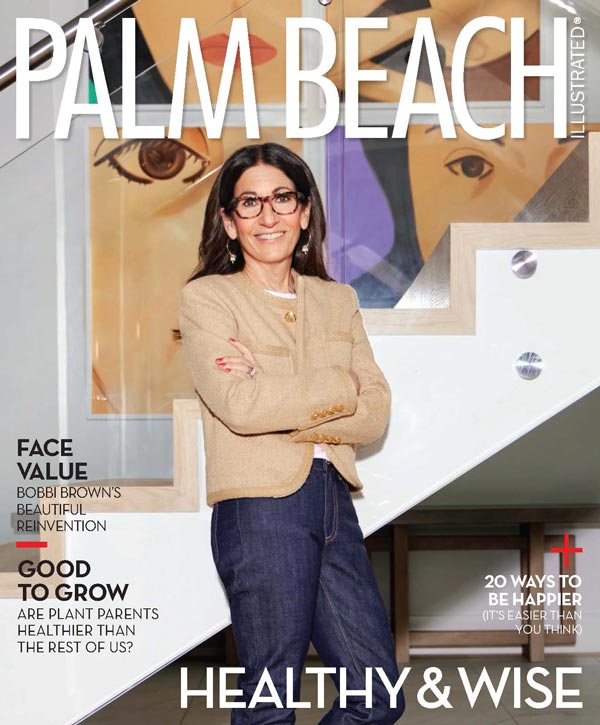In Pieter Bruegel’s iconic paintng, Landscape with the Fall of Icarus (below), farmers tend to their fields as Icarus plunges to earth after his infamous flight too close to the sun. A small splash, a few feathers, and a leg are all that’s seen of Icarus – put best by William Carlos Williams in his poem of the same name:
unsignificantly
off the coast
there was
a splash quite unnoticed
this was
Icarus drowning
– and thus Ovid’s parable shows us the futility of hubris.
 |
| Pieter Bruegel de Oude’s Landscape with the Fall of Icarus, c. 1560s. |
But what of Icarus? Did he, as Ovid and Bruegel suggest, unceremoniously drown in the Aegean Sea, unnoticed – a cautionary tale of over-ambition? Or did he, just perhaps, survive, finding himself in an unknown and strange new land where he must let go of his past failures in order to find his future? This is where Cirque du Soleil’s touring show Varekai picks up. On stage at Sunrise’s BB&T Center from August 12-23 (tickets cost $40-$145, click here for details), Cirque shows through an amazing display of acrobatic and emotionally charged circus acts that the fall is not necessarily the end, but the beginning of a new journey.
Part of Cirque’s arena shows, Varekai first made its debut in 2002 under the Big Top. Written by longtime Cirque hand, Dominic Champagne, who also wrote and directed Zumanity and Love, Varekai made the transformation to the arena touring group in December 2013, allowing the show to reach a whole new audience. Though there are parallels between Cirque shows, with some technical and acrobatic acts overlapping in some way, shape, or form, each show is also wholly different on its approach, story, and the way acts are presented. And Varekai is no different.
After his doomed flight, Icarus finds himself in an enchanted forest at the summit of a volcano in the midst of magical animals and characters. Photo by Martin Girard/shootstudio.ca Costumes: Eiko Ishioka ©2014 Cirque du Soleil |
The two-hour show is packed with acrobatic and technical circus acts that blow the mind. The Russian Swings, the finale and one of the most physically impressive routines, is specific only to Varekai and quite the feat of daring do. Along with juggling, aerial acts, clowns, and a rather interesting act called “Slippery Surface,” Varekai also is a story of personal evolution.
“I think it is interesting to go back to where the show came from,” said Michael Smith, Varekai’s artistic director who consequently worked on the Big Top version of the show in 2010. “Dominic Champagne, who is the original director and creator, and also a theater director, was up in the fly one day and he fell, breaking both his legs. That was actually the inspiration for the show, what he encountered after. Suddenly he was faced with a reality that things he used to do without thinking, he could not do anymore.” But in true Cirque fashion, the show takes on a more surreal setting.
In the act Synchronized Tumbling, five gymnasts use an inflatable surface as a way to propel themselves into a fantastic and dizzying display of synchronized tumbling. The world-class gymnasts launch themselves into powerful, yet graceful feats of aerial acrobatics. |
“We’re in an enchanted forest, with Icarus reacting to these different animals, but it’s based on a human condition, how people react to us when we are not able to do something,” said Smith. And yet this is no gloomy, dark story, but rather an uplifting yarn. “We have certain shows that are dramatic that are more theatrical, darker…this is a feel good show.”
In a metaphoric feat of daring, the act Flight of Icarus features a performer defying gravity, tumbling, diving, contorting, and flying high overhead with a net holding him afloat, and captive. Photo by Martin Girard/shootstudio.ca Costumes: Eiko Ishioka ©2014 Cirque du Soleil |
Icarus, the boy who flew too close to the sun on wings of wax has crashed deep in a forest at the summit of a volcano, where a kaleidoscope of color, sound, and intriguing characters clash on a journey of self-discovery. Amidst this new world and new creatures, Icarus falls in love with La Promise [the Betrothed] – a character who evolves from act to act, first appearing as a green caterpillar. When she peels off this first skin to reveal her inner self, that beauty allows him to move forward and adapt to this new society. Meaning “wherever” in Romany, Varekai pays homage to the quest and the circus tradition, while touching on a deeper meaning of adaptaion. Varekai is at the intersection of where acrobatics, emotion, and story meet, where live music, incredible costume and set design, and world-class athletes and performers take audiences into the depths of imagination, into a world only Cirque could deliver.
In buildup to the return of Cirque du Soleil to South Florida, we spoke with artistic director Michael Smith about the show, its message, and the scene behind the scenes.
What’s the act in Varekai that still leaves you in awe?
The signature act, the Russian Swing. It’s is a traditional [circus] discipline, using a swing that you probably used as a kid; however, this is a board, like six-foot long, and you have someone on the back pushing, and there is a guy on the front that jumps off, does twidly things in the air, and lands, hopefully, someplace else.
That is a discipline in itself. What we have done is…we call it Swing to Swing because we actually use two Russian Swings, and they jump from one swing to another. So they jump from one moving object to another moving object, which of course makes it infinitely more dangerous, and infinitely more entertaining.
 |
Varekai‘s final act, the Russian Swing is propelled by two large swings, from which acrobats are hurled high into the air, alighting on their partners’ crossed wrists or on a landing canvas. In feats of outstanding audacity, the acrobats even soar from one moving swing to the other. Photo by Martin Girard/shootstudio.ca Costumes: Eiko Ishioka ©2014 Cirque du Soleil |
Your background is in theater, how does a Cirque performance differ from something seen on Broadway?
We are not a musical, a comedy musical that has to try and copy and paste the original production; the show must continually evolve. We don’t have a book and a story to hold onto, we have a vague story and we have to make some sense of that. So it really is how, as each director comes in, how do we get a different performance out of the artist, who comes back to finding a truth, an honesty, a generosity, finding a sincerity. We have to deal in esoterics.
We have incredible acrobatics, incredible production, great music, live band, all the things you expect from Cirque, but essentially we dip into people’s imagination. [Varekai] is a concept, an idea. So the reality is the forest we created is limited only by our own imagination. And that includes the performers. I am always pushing them to make different choices on how they perform something to make it real, to make it honest, to make it sincere.
 |
| In Varekai, a juggling virtuoso manipulates bowling pins, soccer balls, hats and ping-pong balls with his hands, feet, head and even his mouth. |
What’s it like working with Cirque, and a cast that is seemingly from everywhere?
I think the biggest joy for me is working in such a multicultural environment; I don’t think you can work at Cirque for a few years and leave the same person, its impossible—we all become better human beings because of the cultural diversity. And that is part of the company—we embrace the difference, accept the difference. Racism and discrimination comes from ignorance. We are all sharing in the pride of presenting something that we know will inspire people that are coming to see it, we make dreams. We find ways of communicating where language is not possible, and what we do inspires people. Our day’s work finishes with maybe 4,000 people on their feet clapping. That’s a nice validation at the end of the day.
What do you hope the audience takes away from Varekai?
They come and see the impossible, that someone just did, many times, the impossible. And hopefully it inspires people to over come things in their own lives. The score of Varekai is very world music and very contemporary, so is the costuming, and so are the images. It’s a happy, feel-good show. So if we are not making things feel real it does not have the same impact. I want people to be loud, enjoy it, and feel good after it.















Facebook Comments